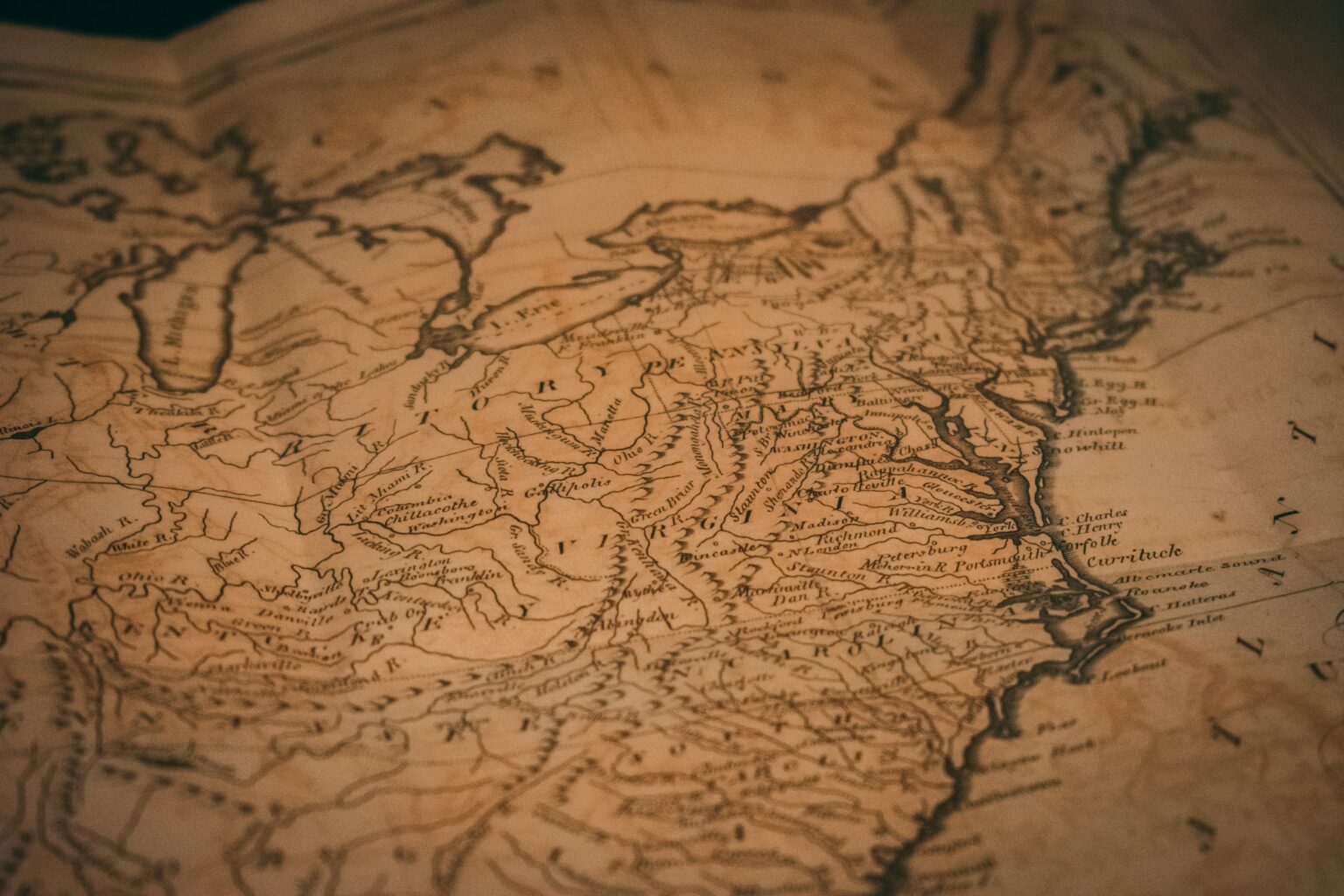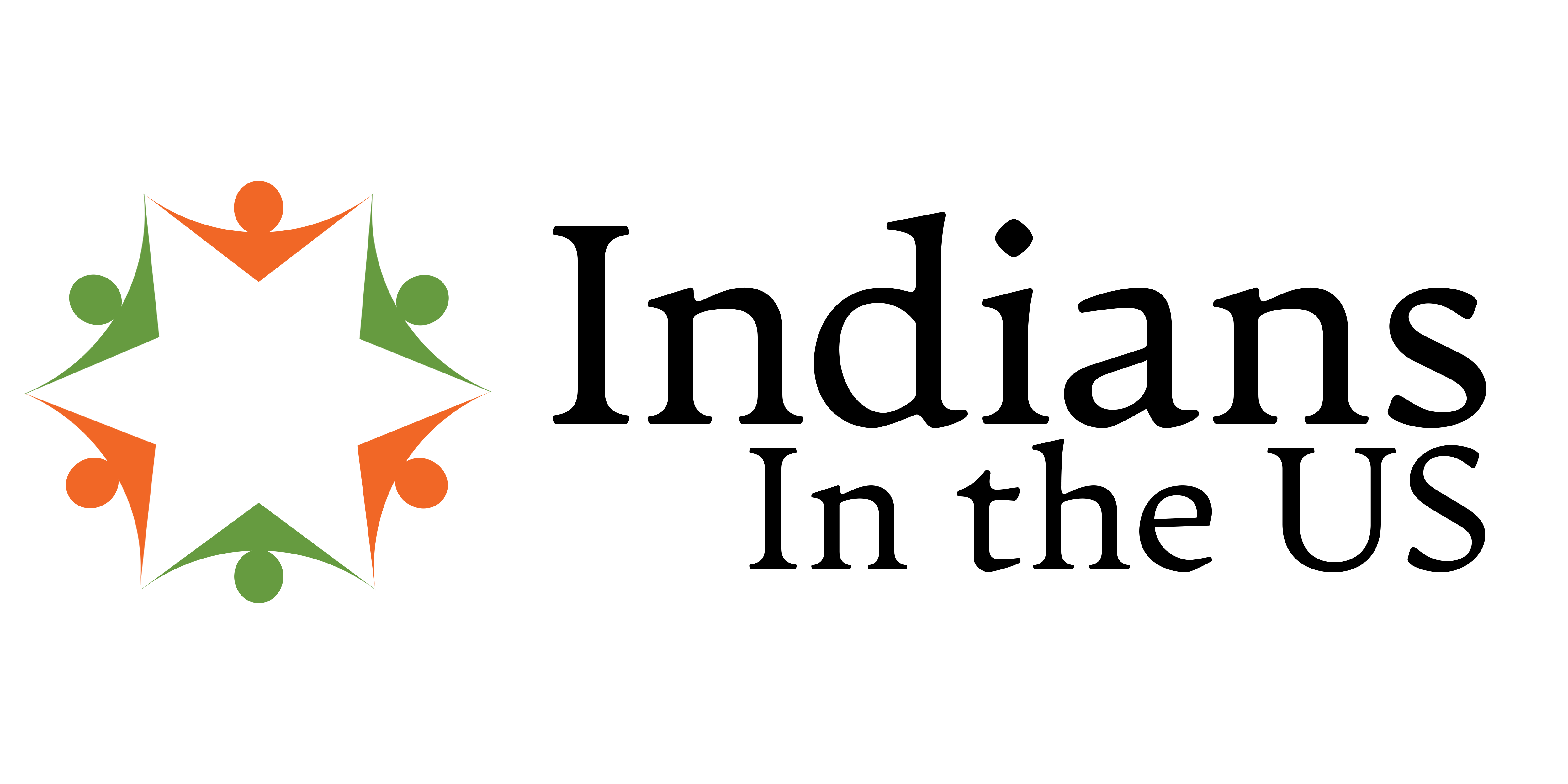The history of Indian Americans is rich and diverse, beginning long before the significant waves of migration in the 20th century. The earliest Indian American communities in the United States were formed by individuals who embarked on a journey from the Indian subcontinent in search of opportunities, and their stories reflect a blend of resilience, adaptability, and cultural continuity.
Early Arrivals: The 19th Century and Beyond
The earliest known Indian immigrants to the United States arrived in the late 19th and early 20th centuries. They were primarily Sikh and Hindu laborers, many of whom came from the Punjab region of what is now India and Pakistan. These immigrants were often recruited as agricultural laborers in the West Coast states of California, Oregon, and Washington, where they worked in the burgeoning agricultural industries, particularly in fruit and vegetable farming.
One of the first documented Indian immigrants was a man named Sardar Udham Singh, who arrived in the U.S. in 1913. However, the vast majority of early Indian Americans were indentured laborers who faced significant challenges, including racial discrimination and harsh working conditions. Despite these obstacles, they managed to establish small communities and contribute to the local economies.
Struggles and Adaptations
Early Indian American communities faced numerous hurdles. The 1917 Immigration Act, for instance, effectively restricted Indian immigration by imposing stringent requirements and quotas. The challenges were compounded by widespread racial prejudice and legal barriers, such as the 1923 Supreme Court ruling in United States v. Bhagat Singh Thind, which denied Indian immigrants naturalized citizenship by declaring them ineligible under the racial classifications of the time.
Nevertheless, Indian Americans found ways to persevere and adapt. Many established businesses, such as grocery stores and cafes, which not only served their communities but also became integral parts of the local economies. They often maintained cultural practices and religious traditions, creating a sense of community and belonging in their new homeland.
Community Building and Cultural Preservation
During the early 20th century, Indian Americans began to form organizations and institutions to support their community and preserve their cultural heritage. One of the earliest organizations was the Gadar Party, founded in 1913 by Indian expatriates in San Francisco. The Gadar Party was initially a revolutionary organization aimed at ending British rule in India but later became a platform for advocating for Indian American rights and addressing the issues faced by immigrants.
In addition to political activism, the establishment of temples, gurdwaras, and cultural organizations played a crucial role in maintaining cultural ties. The Hindu Temple Society of North America, founded in 1970, and various Sikh gurdwaras were instrumental in creating spaces where Indian Americans could practice their religions and celebrate their cultural festivals.
Legacy and Impact
The contributions of these early Indian American communities laid the groundwork for the vibrant and diverse Indian American population present today. Their perseverance in the face of adversity and their dedication to preserving their cultural heritage have had a lasting impact on American society.
In recent decades, Indian Americans have grown into a significant and influential demographic, contributing to various fields such as technology, medicine, academia, and the arts. The early Indian American pioneers’ legacy is evident in the thriving communities, cultural institutions, and successful individuals who continue to shape the American landscape.
In conclusion, the earliest Indian American communities played a crucial role in shaping the history and culture of Indian Americans in the United States. Their experiences highlight the broader narrative of immigration, resilience, and cultural preservation, illustrating how these early pioneers overcame significant challenges to lay the foundation for future generations. Their stories are a testament to the enduring spirit of community and identity that continues to enrich the fabric of American society.





